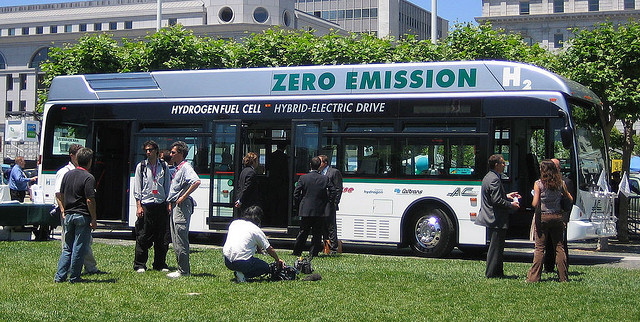The Guardian reported yesterday about people who think they are saving the planet by giving up flying and taking the train instead. They should think again, especially for those who are Americans.
According to the 2016 edition of the Transportation Energy Data Book, Amtrak in 2014 used an average of 2,186 British thermal units (BTUs) per passenger mile in 2014, while the airlines used 2,511. Jet fuel and Diesel fuel both have about the same BTUs and produce about the same greenhouse gases per gallon, so that would seem to give rail travel an edge.
But airplanes don’t have to go around mountains or follow meandering river valleys to get to their destinations. The Amtrak route from Portland to Washington DC is 3,035 miles long, while airlines only have to go 2,350 miles. Multiply through, and the Amtrak trip used 6.6 million BTUs while the airline flight used only 5.9 million. Continue reading








